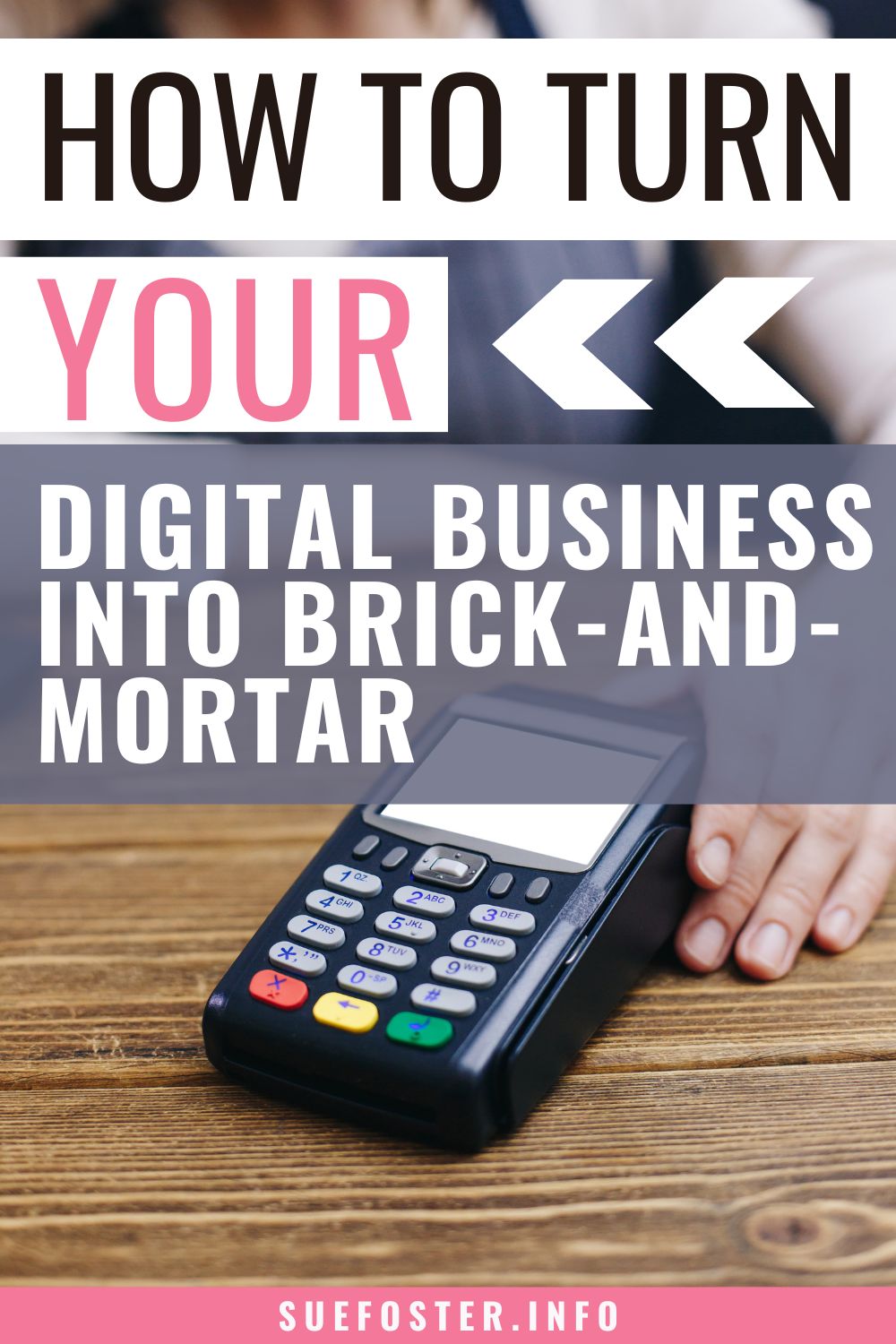The digital age has made it easier for entrepreneurs to start a business. With a laptop and an internet connection, you can start selling products or services online with little overhead cost. And thanks to platforms like Shopify and Kickstarter, it’s easier than ever to get your business off the ground.

According to a study by GoDaddy, 60 per cent of small businesses in the United States are started online. And those businesses are growing three times faster than traditional businesses. Additionally, a study by Forbes found that 43 per cent of small businesses that use the internet reported an increase in sales in the past year. In comparison, only 26 per cent of the companies that don’t use the internet saw a rise in sales.
However, you might have aspirations with how you want to grow your business that goes beyond the digital world. Perhaps you have a product that you want to sell in brick-and-mortar stores, or maybe you want to open a physical location for your business. Whatever the case, there are a few steps you need to take before transitioning from digital to brick-and-mortar.
Establish Your Budget
Transitioning from digital to brick-and-mortar can be daunting, especially if you’re unprepared. One of the most important steps is establishing your budget. This includes figuring out how much money you’ll need to cover the costs of renting or purchasing a physical space, hiring employees, and stocking your inventory.
It’s also essential to ensure your business can handle the move to brick-and-mortar. Make sure you have a solid customer base willing to make the trip to your physical location and that you have a product or service that people are interested in buying.
If you’re unsure whether your business is ready to transition to brick-and-mortar, consult a business advisor or mentor who can help you make the decision.
If your funds are insufficient, you can look for investors to help support your endeavour. You might have to give up a percentage of ownership in your company, but it’s worth it if it means you can make your brick-and-mortar dreams a reality.
Find the Right Location
Another essential step in transitioning from digital to brick-and-mortar is finding the right location for your business. This is especially important if you’re planning on opening a retail store.
You’ll want to consider the demographics of the area, as well as the foot traffic and competition. It’s also important to consider whether your target customer is willing to travel to your location. If not, you might consider opening a satellite location closer to where they live or work.
You should also consult a commercial estate agent to help you find a suitable space for your business. They’ll be able to provide you with information on different locations and assist you in negotiating a lease or purchase price.
Create a Solid Business Plan
Creating a solid business plan is essential for any business, but it’s necessary if you transition from digital to brick-and-mortar. This is because many moving parts are involved in opening and running a physical location, and you must ensure everything is covered.
Your business plan should include your budget, as well as your marketing and advertising strategy. It should also outline your goals for the business and how you plan on achieving them.
Many templates and resources are available online if you need help creating a business plan. You can also consult with a business advisor or mentor for assistance.
Get the Proper Design Elements in Place
When transitioning from digital to brick-and-mortar, you must ensure all your design elements are in place. This strategy includes everything from your logo and branding to the layout and decor of your physical space.
You’ll want to create a cohesive look that reflects your brand and attracts your target customer. Several professional designers can help you get the look you desire if you’re unsure where to start. You must also ensure you connect your driveway and pathways to the public roads, which might require you to partner with a company specializing in road line marking.
Make sure you also put thought into the layout of your space. You’ll want to create an environment that’s inviting and easy to navigate. Again, if you need assistance with this, some professionals specialize in-store design and can help you make the perfect layout.
Invest in the Right Technology
Another essential element to consider when making the transition from digital to brick-and-mortar is investing in the right technology. This includes everything from point-of-sale systems and security cameras to retail apps and POS software.
The type of technology you’ll need will depend on the size and scope of your business. However, there are a few essential pieces of tech that all brick-and-mortar businesses should invest in, such as:
A Point-of-Sale (POS) System: A POS system will help you keep track of sales, inventory, and customers. It’s an essential piece of tech for any retail business.
Try Square Register – Integrated payment terminal & till system for accepting Contactless, Chip & PIN, Debit Cards, Credit Cards, Apple Pay, and Google Pay – UK Version.
Security Cameras: Security cameras are a must-have for any business but are especially important for brick-and-mortar locations. This is because you’ll need to protect your inventory and premises from theft and vandalism.
Retail Apps: Several apps can help you run your business more efficiently. These apps can track inventory, manage customer data, and process sales.
Final Thoughts
Transitioning from digital to brick-and-mortar is a big step for any business. However, following the above steps can ensure a smooth transition and set your business up for success.


